#bugsy siegal mansion
Photo
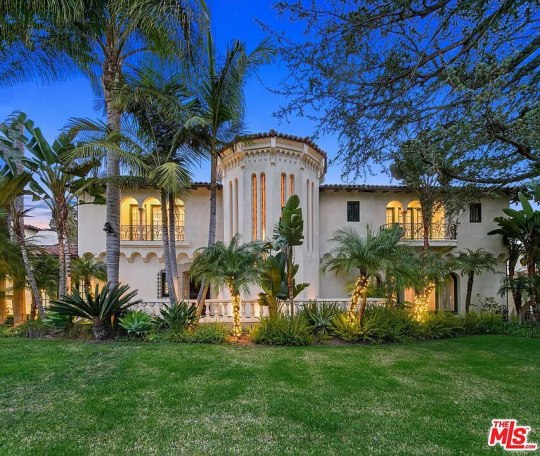
The former 1928 Spanish Colonial mansion of legendary gangster Bugsy Siegal just dropped in Beverly Hills, California for 17M and it’s phenomenal.


It has been impeccably maintained.

What you see as you enter the front door. All the tiles are hand-painted. Isn’t this unique?
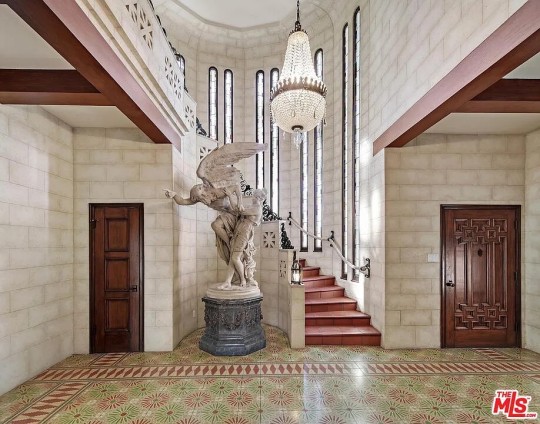
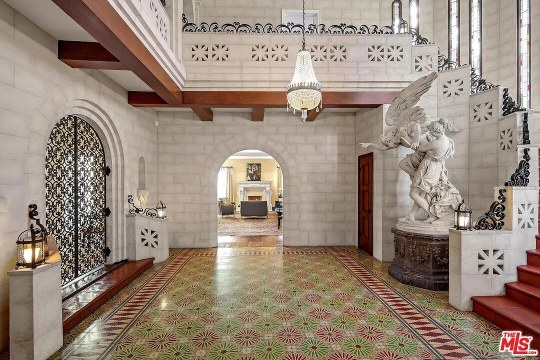
Wow. Not many homes comes with gigantic statues.


Sitting room has a beautiful fireplace.
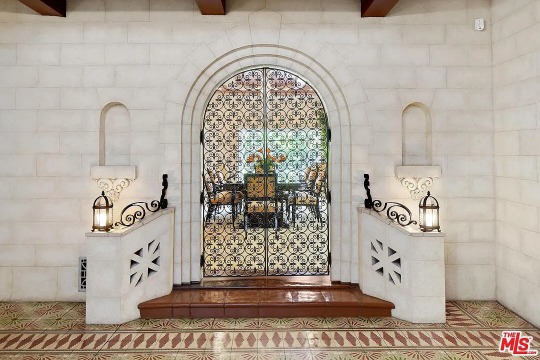
The entrance to the dining room looks like the entrance to a castle. Look at the ornate iron gate.

What a ceiling. Doors open to the patio and a huge window also provides a beautiful view.


The chef’s kitchen was renovated, but it’s so white.
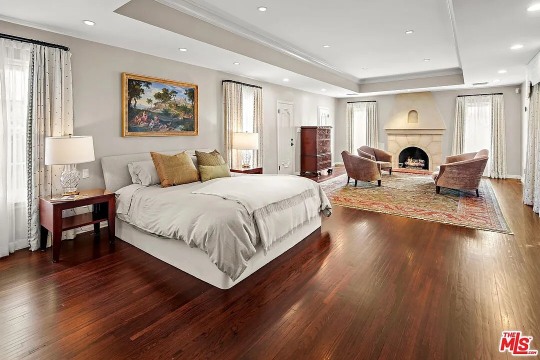
The large main bd. is one of 7 bds. and has a beautiful fireplace in the sitting area.

Huge marble en suite is 1 of 7 baths.


Another large bd. with a bath.

Home office with a wall that incorporates a floor-to-ceiling shelf with windows.

This bath has an Art Deco look and was certainly built in that era.

Lovely gardens and a pool.
https://www.zillow.com/homedetails/810-N-Linden-Dr-Beverly-Hills-CA-90210/20521406_zpid/
#bugsy siegal mansion#spanish colonial home#spanish colonial architecture#mansions#old house dreams#houses#house tours#home tour#long post
193 notes
·
View notes
Text
Mafia in the 1920s:
During the 1920s, the Mafia reached new heights. Prohibition enabled mobsters to make millions of dollars via selling illegal. Famous figures such as Al Capone, Charles Luciano, Bugsy Siegel, and John Dillinger aided the Mafia's rise to prominence. Making the notorious lives of the Mafia known to all Americans. The mafia was able to obtain the affluent lifestyle that they had was via ratifying the 18th amendment. Prohibition was the major money generator in the Mob. AL Capone alone made $60 million a year selling alcohol. Many other organised crooks with fine suits and flamboyant names populate the 1920s. The 20's most renowned gangsters were: "Scarface" Capone, "Lucky" Luciano, "Bugs" Moran (AKA Jack "Legs" Diamond), and "Dutch" Schultz. The names became "Pretty Boy" Floyd and "Babyface" Nelson in the 1930s, and "Bugsy" Siegal in the 1940s. einsteinerupload of. Along with his sharp outfit, every well-known criminal has a distinctive title. It has also been said that the gangster as perceived by the American public is a product of the media. In his excellent book Inventing the Public Enemy: The Gangster in American Culture, David E. Ruth speaks about 1920s gangsters dress. The implementation of prohibition in 1919 signalled a significant shift in the way gangsters conducted their daily business. It was no longer acceptable to hit someone over the head with a pipe in order to steal their pocket watch and stray coins. Instead, the mob structured and integrated itself throughout Chicago, Detroit, and New York City's boroughs.
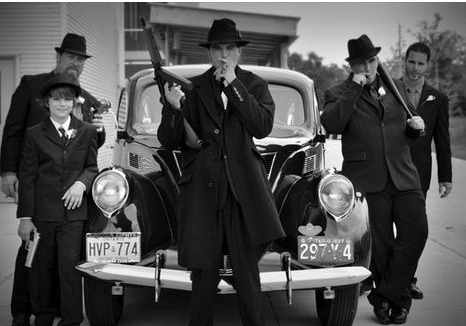
youtube
"The latest styles marketed the gangster as an avid consumer who invested the time and expense necessary to stay on the leading edge of fashion . . . his new automobile, his tastefully furnished apartment, his diamond stickpin, his two diamond rings, his beltbuckle . . . fifty suits of clothes, his twenty five pairs of shoes."

youtube
Some make millions of dollars every year delivering beer and liquor to speakeasies around the country. By being feared and respected inside their communities the 1920s gangsters could earn a decent living from the public: strong-arming their areas for tiny but widespread price hikes for food and services, then skimming their earnings from the suppliers of these items. The gangster's position in urban culture was thus cemented, and the real criminal businessman was born. einsteinerupload of. Vito Corleone arrives in America with little money. He fights to make ends meet via legitimate jobs, pulls himself up by his bootstraps, gathers a criminal gang of devoted followers, and rises to fortune and power by his boldness, cunning, organisation, and hard work. In the 1920s gangsters were the American symbols of the self-made-man. Expanding their organisations into unlawful markets, mainly racketeering, bootlegging, and prostitution, these gangsters live life by their own dark yet rigid code of ethics, but outside of the iron grasp of the law. The public's awareness of 1920s gangster dress owes largely to prohibition and the newspaper media's love affair with these criminal media darlings. The modern "gangster" continues to be the ultimate consumer of all things opulent and costly. Jewelery, clothes, vehicles, and mansions are the rewards of the criminal businessman's lifestyle.
Referencing:
0 notes